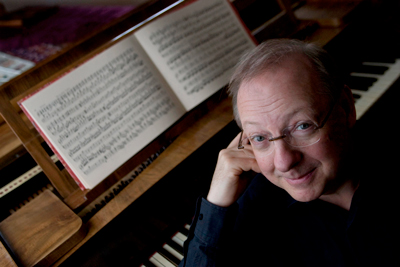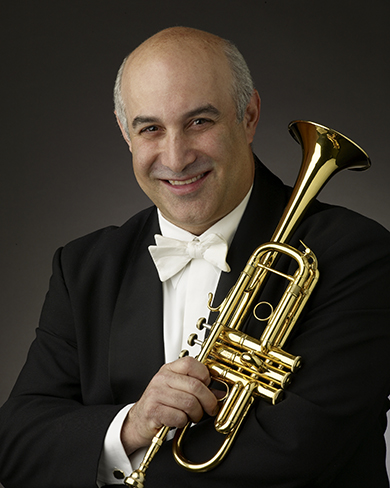by Daniel Hathaway

The evening began with four of the nine movements Schubert wrote as incidental music for Helminia von Chézy’s play Rosamunde, Princess of Cyprus, beginning with an Overture the composer harvested from his earlier opera Die Zauberharfe, and continuing with two ballets and an entr’acte.
Lovely wind solos punctuated by dramatic chords introduced the Overture, which moved on to a cheerful allegro where McGegan called for short chords, letting air into the texture and creating a sense of space.
Gentle, tuneful dialogues between oboe (Jeffrey Rathbun) and clarinet (Afendi Yusuf) and interesting harmonic progressions abounded in the first ballet, and McGegan joined in the fun during the second, dancing his own jig on the podium. The trombone section was singled out for a rare stand-up at the end.

As the Orchestra’s principal trumpet explained in a preview interview with this publication, the Concerto, originally written in 1803 in the key of E, was published in E-flat in a 20th-century edition to make it more marketable to performers using B-flat trumpets. Sachs played the piece in E-flat himself on those previous occasions, but used a special trumpet and reverted to the original key of E for this set of concerts.
Toward the end of the orchestral introduction, Sachs’ fanfarish solo entrance came as a beautiful surprise. His elegant, shining tone and flawless playing graced the whole of the three-movement piece, including the long trill in the Andante, and the peppy concluding Rondo — which threatens to morph into the end of the William Tell Overture. Sachs was rewarded with a big, long ovation.
McGegan’s clean, lean, and spacious shaping of Haydn’s Symphony No. 104 ended the evening. Here, as earlier, the Cleveland Orchestra musicians were putty in the conductor’s batonless hands, especially in the expressive Andante. If you went on your way after the warm ovation whistling the infectious Rondo tune, thank both Joseph Haydn and Nicholas McGegan — each of them masters at communicating with their audiences.
Photo of Michael Sachs by Roger Mastroianni.
Published on ClevelandClassical.com December 3, 2019.
Click here for a printable copy of this article



